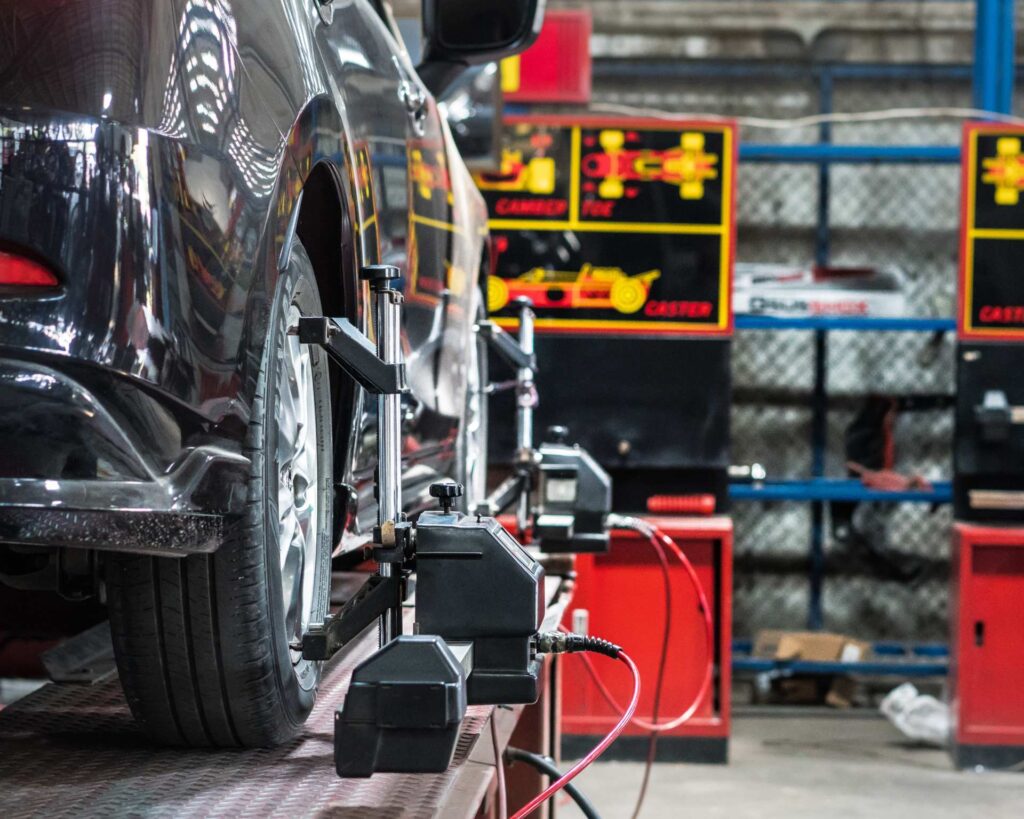Let’s face it, when people hear “calibration”, their eyes usually glaze over. It sounds technical, routine, even a bit boring. But here’s the catch: calibration mistakes don’t make noise until they cost you money, reputation, or compliance. That’s what makes them dangerous. In ISO-certified environments where accuracy is king, many companies are walking around with hidden calibration blind spots, and they don’t even know it.
We all want to believe that once a measuring tool has been calculated and labeled with a sticker, the job is done. Someone sent it out, it came back, the certificate was filed somewhere, and we moved on. But what if that file never made it into your ISO system? What if the person in charge of updating the schedule was on leave? Or worse, what if someone used the instrument during its overdue period, and the results fed directly into production decisions?
This kind of scenario happens more often than companies care to admit. It’s not usually out of negligence; it’s out of routine. People get busy. Systems remain fragmented. And when calibration becomes a checkbox instead of a controlled process, that’s when blind spots form. These gaps might seem minor, but under ISO scrutiny, they can become serious non-conformities. Worse, they can quietly affect your product quality without anyone noticing it until a customer, or an auditor, asks the right question.
Take, for example, a mid-sized electronics company that recently passed its ISO audit with flying colors. A month later, one of its long-standing customers rejected a batch due to performance issues. The root cause? A torque wrench used in assembly had missed calibration by over 30 days. No one caught it because the instrument wasn’t listed in the main tracking file, it was “borrowed” from another department and returned without anyone logging the activity. The calibration was overdue, the reading was off, and the faulty product passed through inspection based on inaccurate data. One tiny oversight, one undocumented transfer, and a high-value client walked away.
Calibration blind spots often stem from innocent assumptions. People assume that calibration vendors will handle all compliance. They assume that only lab-grade equipment needs tracking. They assume one person in the quality department is managing it all. But ISO 9001 doesn’t work on assumptions, it works on traceability, control, and accountability.
As operations become more digital and audits more remote, companies are realizing that spreadsheets, sticker logs, and folders aren’t enough anymore. You need visibility, automation, and alerts. That’s why more organizations are now adopting digital calibration management software that not only schedules and logs calibration events, but also stores certificates, issues alerts for due dates, and enables quick audits, whether in person or online.
More progressive organizations are even layering in predictive calibration strategies. By analyzing usage patterns and failure history, they anticipate when tools are likely to drift out of spec, allowing them to calibrate proactively and minimize downtime. This not only supports ISO compliance but also boosts operational reliability and customer confidence.
At the end of the day, calibration is like car maintenance. You don’t feel its absence until something breaks. But when it’s done right, it keeps everything running smoothly, steady, and safe. Calibration blind spots are easy to miss, until they cost you.
So, before your next audit or client delivery, take a second look. Review your records. Challenge your assumptions. Bring those forgotten tools and overlooked instruments into the light. Because in ISO compliance and quality assurance, what you don’t see can absolutely hurt you, and calibration is no place to be flying blind.

